Expansion of Aerospace Applications
The expansion of aerospace applications is a significant driver for the Aerospace High-Performance Alloys Market. With the increasing use of high-performance alloys in commercial aviation, military aircraft, and space exploration, the market is poised for substantial growth. The rise in air travel and the need for more efficient aircraft designs are propelling the demand for advanced materials. Recent statistics suggest that the commercial aircraft fleet is expected to grow by over 30% in the next decade. This expansion necessitates the use of high-performance alloys that can meet the rigorous demands of various aerospace applications, thereby enhancing the overall market potential.
Growing Investment in Aerospace R&D
Investment in research and development within the aerospace sector is a critical driver for the Aerospace High-Performance Alloys Market. As companies strive to innovate and improve aircraft performance, substantial funding is being allocated to the development of new alloys and materials. Recent reports indicate that R&D spending in the aerospace industry is projected to reach over 20 billion dollars by 2026. This influx of investment is likely to facilitate breakthroughs in alloy compositions, enhancing properties such as fatigue resistance and thermal stability. Consequently, the continuous evolution of high-performance alloys is expected to play a vital role in meeting the demands of next-generation aircraft.
Advancements in Manufacturing Technologies
Technological advancements in manufacturing processes are significantly influencing the Aerospace High-Performance Alloys Market. Innovations such as additive manufacturing and advanced casting techniques are enabling the production of complex geometries and components that were previously unattainable. These technologies not only enhance the performance characteristics of high-performance alloys but also reduce production costs and lead times. For instance, the implementation of 3D printing in aerospace applications has shown potential to decrease material waste by up to 90%. As these manufacturing technologies continue to evolve, they are expected to drive the demand for high-performance alloys, thereby shaping the future landscape of the industry.
Increasing Demand for Lightweight Materials
The Aerospace High-Performance Alloys Market is experiencing a notable surge in demand for lightweight materials. This trend is primarily driven by the aerospace sector's ongoing efforts to enhance fuel efficiency and reduce emissions. High-performance alloys, such as titanium and aluminum-lithium alloys, are increasingly favored due to their superior strength-to-weight ratios. According to recent data, the aerospace industry aims to reduce fuel consumption by 20% over the next decade, which is likely to propel the adoption of these materials. As manufacturers seek to comply with stringent environmental regulations, the shift towards lightweight alloys appears to be a pivotal factor in the industry's growth.
Regulatory Pressure for Emission Reductions
The Aerospace High-Performance Alloys Market is increasingly influenced by regulatory pressures aimed at reducing emissions. Governments and international bodies are implementing stringent regulations to curb greenhouse gas emissions from aircraft. This regulatory landscape is compelling manufacturers to adopt high-performance alloys that contribute to more efficient fuel consumption and lower emissions. For example, the International Civil Aviation Organization has set ambitious targets for reducing aviation emissions by 50% by 2050. As a result, the demand for advanced alloys that can withstand higher temperatures and stresses while maintaining lightweight characteristics is likely to rise, driving growth in the market.
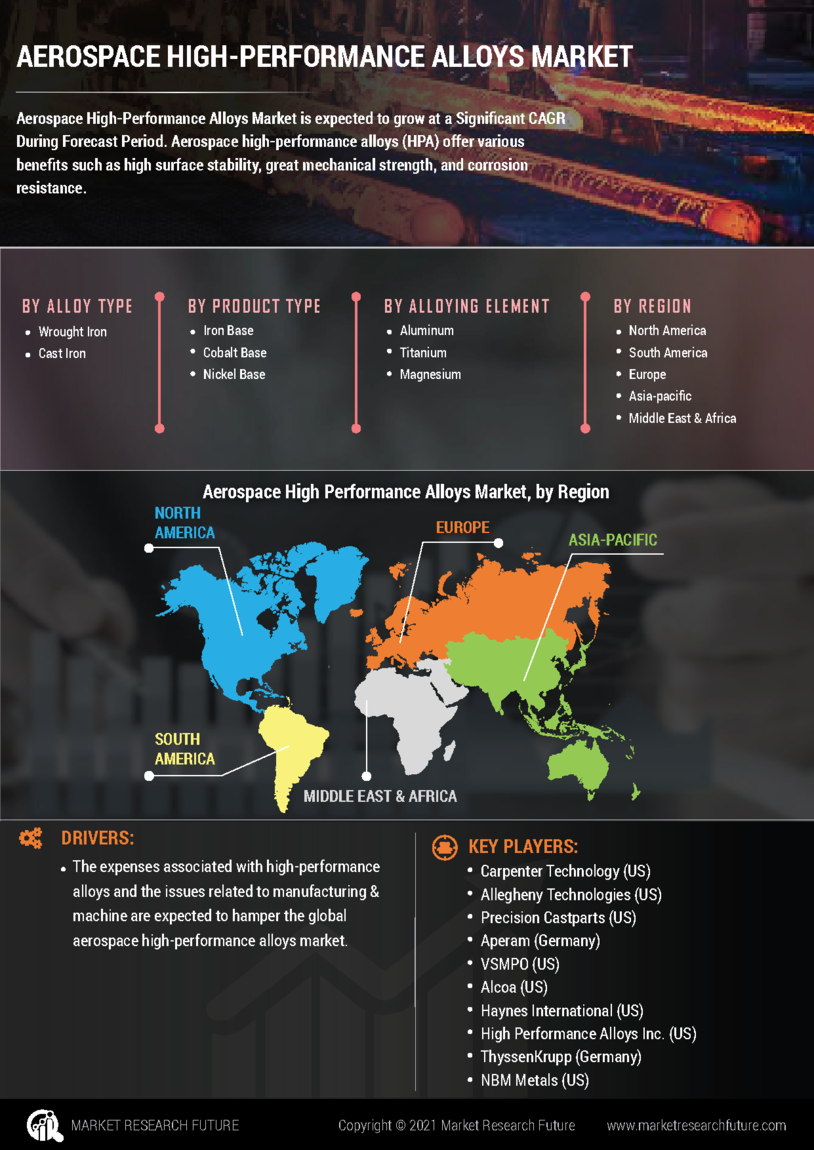

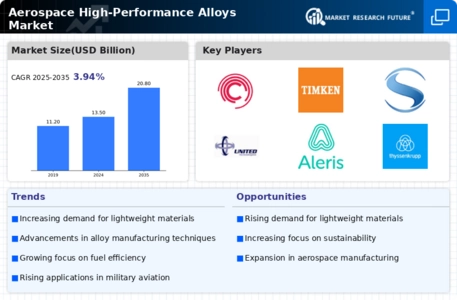
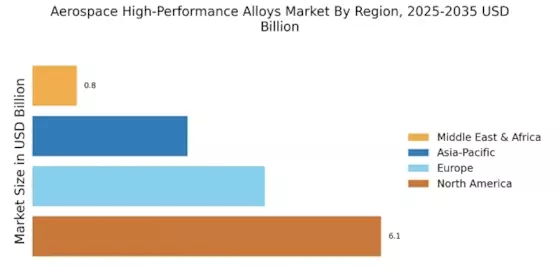
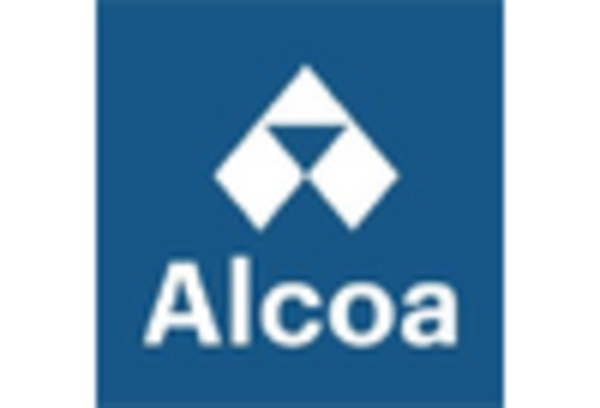

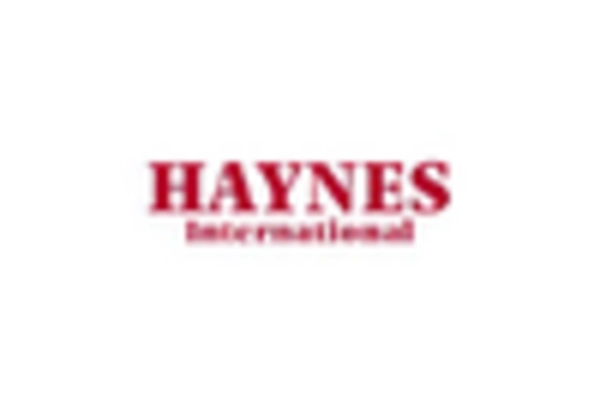
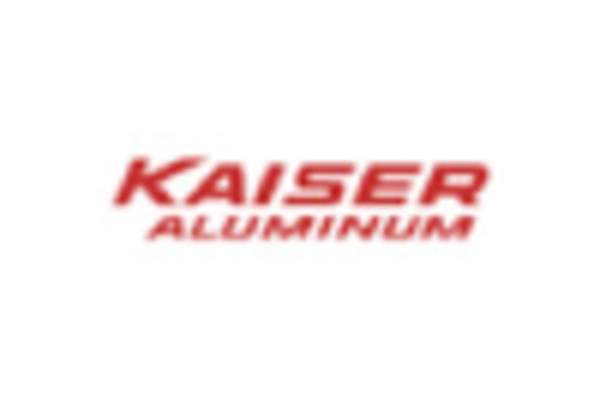

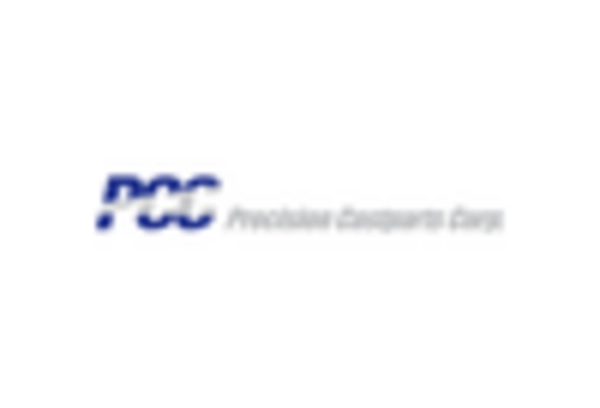








Leave a Comment